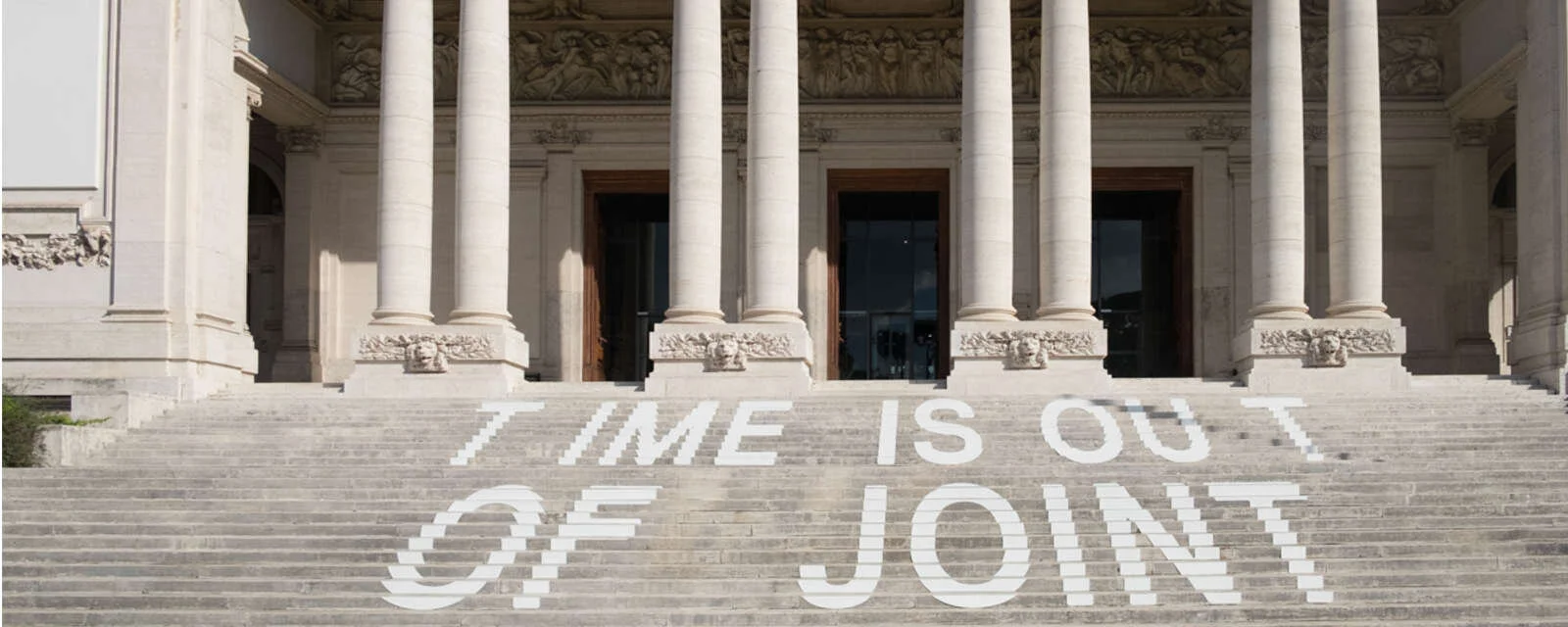Curating The Void
An article published in M Magazine
In this era of musical abundance and time scarcity, how do new or niche artists get enough attention to make a meaningful impression anywhere?
While holidaying in Rome this summer, I stumbled upon an exhibition at the National Gallery of Modern and Contemporary Art called Time is Out of Joint. The title seemed very apt in such a city, where the ruins of ancient and more recent pasts vie for attention in the cacophony of the present. The vibrant chaos is full of sound, and it got me wondering what might have been on my Roman playlist if I’d had the time to put one together.
All my significant family holidays and road trips, births of my children etc. have been marked by mixtapes. Most of them were compiled by my significant others, sequenced together with an equal measure of love and thought, personalised, meaningful and tailor made for each occasion. But hold that thought for a moment and let’s get back to the exhibition...
The concept of this exhibition was very much in the tradition of mixtape selection, whereby you might use music to communicate something in particular to the listener. It’s what everybody calls curation nowadays. In the exhibition, the curators used the artworks from the Gallery’s collection and presented them in a ‘new’ way. Freed from their temporal linage, the curators thought the artwork could be seen and appreciated afresh.
To some extent, they presupposed that the visitor could identify what was happening and knew enough about art history to know what was being played with and what the jokes were. I found myself trying to guess the themes, which were never that clear. Did I discover anything new? Not that I recall. There was so much to take in it was difficult to concentrate and there was always another room to go to. I could feel myself visually skipping.
If it was a playlist, would I go back and listen again? I doubt it. It didn’t connect with me and I didn’t connect with it. Rather than giving the work new meaning, I felt that much had been lost. The repositioning needed the viewer to understand what new connections were being made. The viewer needed to be visually literate to read the signs.
Unlike the exhibition, which had a fixed number of works to pull from, music services have an infinite number of musical works to employ – and we are all aware of the problems this has caused and is causing.
The most pressing problem for music creators has become how in this era of musical abundance and time scarcity does anybody get enough attention to make a meaningful impression anywhere?
From my position as a music business academic I am concerned about how meaning is being lost in this atmosphere. Of course new meanings are always being made, but what is increasingly evident is that there is a crisis of connection, or what Malcolm Gladwell called the ‘stickiness factor’.
All fashion and cultural production relies on things sticking, connecting and resonating with people. The sacred idea of ‘authenticity’ relies on some kind of grounding in experience, some mirroring of temporal, situated knowledge.
To recognise something, we need to see, know or sense what we are hearing. The discovery playlists and streaming platforms that provide endless seamless music in a theme dosointhesamewayasthe exhibition Time is Out of Joint. They are not necessarily a new exciting place of discovery but a place where the difference of histories has been removed, stripped away and reduced.
The elements become dislocated signifiers floating like digital detritus, which need resituating to breathe new life into them, to be recycled for future use.
That’s what hip-hop did so well, but as Simon Reynolds pointed out in his book Retromania, this dislocation has caused the music industry to go into reconnection overdrive as it increasingly recycles previous music styles and vies for consumer’s attention.
The consequence of this is that new or niche artists are finding it increasingly difficult to get any attention that can be converted into a sustainable career - despite all the optimistic talk of digital royalties. The world of big data in music demands exactly that: big numbers. For new and niche music to break through and thrive, we are going to need new approaches that support these music makers not only for their economic potential but also for our overall cultural enrichment. Such an approach needs to be multifaceted and sensitive to our rich histories and diverse heritage. We should be communicating with each other rather than shouting into a cyber void.
M Magazine, M65, September 2017
***


